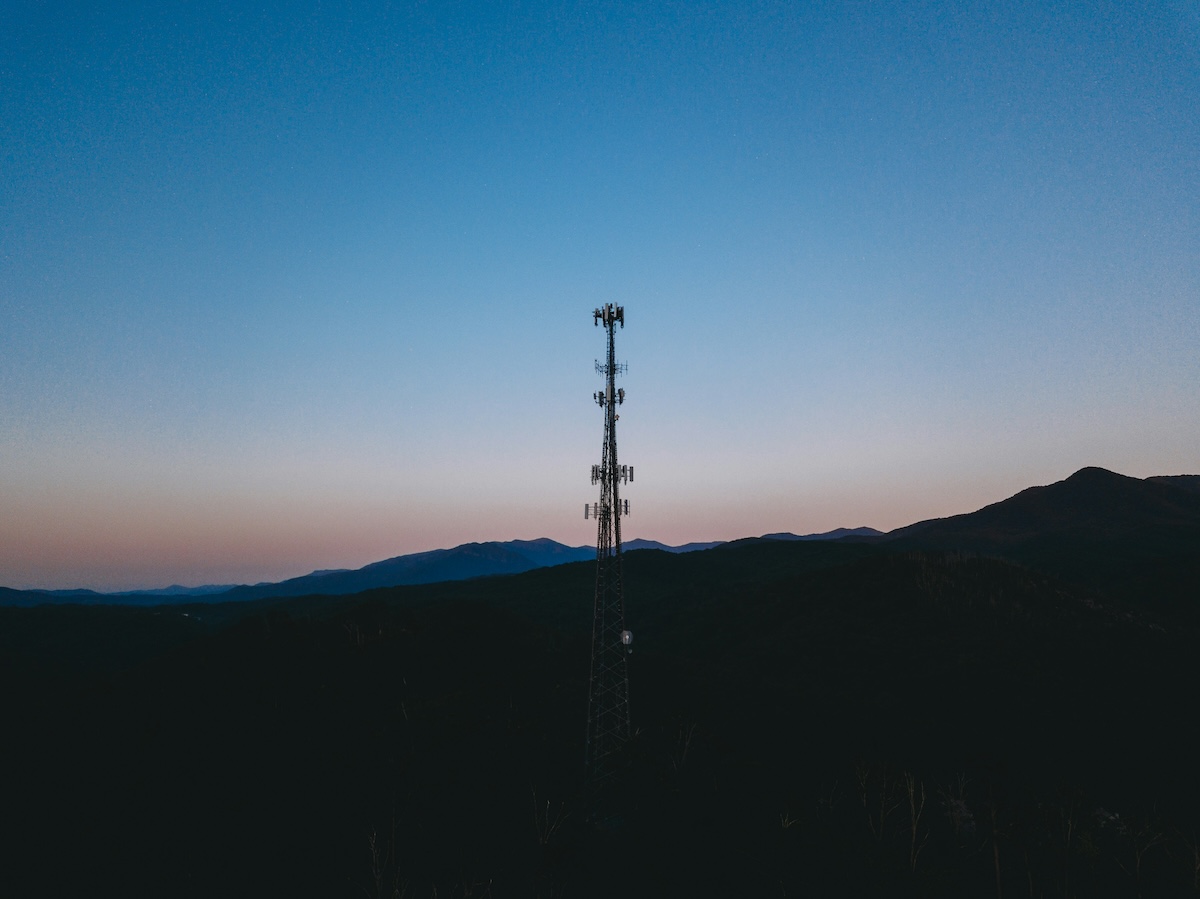By Kusi Hornberger and Shyam Sundaram, Dalberg
ImpactAlpha, Apr. 4, 2018 –– A proposal for a new United States development finance institution has bipartisan momentum in a politically polarized Washington. A new US institution for development finance is a very promising idea, but it must be done right.
The new entity, according to the proposal, would double investment capacity of the Overseas Private Investment Corp., or OPIC, to $60 billion and allow it to have equity authority. OPIC has operated for 40 consecutive years at a profit to the US treasury. Over its history, OPIC has reduced the US budget deficit by more than $8.6 billion. For every dollar it spends, OPIC returns roughly $8 to US taxpayers.
Not only does OPIC create revenue, but by investing in US companies it also creates jobs, increases exports, delivers positive economic and environmental impact in low and middle-income countries, and promotes global peace and security.
A new US development finance institution would also help the various US institutions engaged in development finance work more closely together. The proposal would bring together currently fragmented parts of USAID: its “enterprise funds,” its Office of Private Capital and Microenterprise, and the Development Credit Authority. These three entities fit more naturally into a development finance institution than into a development aid organization.
Most importantly, a new US institution would expand opportunity for the people who need it most. Between 2000 and 2014, OPIC supported roughly 100 projects per year, totaling over $40 billion in commitments. While the lion’s share of capital went to large project finance investments or guarantees, OPIC also made a sizeable number of smaller investments. Direct investment in organizations such as Envirofit, and Sanergy, or investing through innovative impact fund managers such as the LeapFrog Investments and WaterEquity makes a positive difference in the lives of people who need support and opportunity.
Investing in intermediaries helps to “crowd in” other investors. Investing in impact investment funds like Global Partnerships helps impoverished women entrepreneurs gain access to the credit and business education that can empower them to grow their businesses, earn a living, and provide for their families. Investing in companies like Greenlight Planet makes it possible for poor families living without electricity to stop burning dirty kerosene and access clean solar light or solar home systems. Such investment leads to smart, sustainable global development. And our world needs more of it.
These four principles would help the new US development finance institution fulfill its promise from the start:
Merge with care. Synergies promised are not always synergies fulfilled. Simply bringing teams together without planning how to improve their roles and performance would lead to failure. Key priorities should include filling leadership and governance positions quickly, developing and tracking key performance-improvement metrics throughout the process and maintaining the standing of transferred USAID teams through opportunities to participate in the design and planning of the new institution.
Expand the set of financing tools. Those building a new and better US development finance institution should look for inspiration from global peers and financial intermediaries such as Canada’s new FinDev, which is demonstrating a strong interest in using data and technology as core parts of its operations. They should also learn from innovations in the technology, finance and retail industries. Businesses in sectors across the globe are undergoing a data revolution, using data science and machine learning to their advantage. A new and better US DFI should do the same. The new DFI should consider a full range of innovative financial structures and impact investing products including increased use of mezzanine finance products, pay-for-results and impact monetization tools to unlock and enhance the impact of its investments.
Embed impact management. Impact measurement is good. Impact management is better. It is not sufficient to have practices to measure the impact of investments. Impact must be embedded into the entire organization and its management practices. A new US development finance institution should integrate impact data into decision-making at all levels of the organization by exploring new tech-driven deal sourcing, data collection and evaluation tools. The development finance institution should expand the role of impact management talent within the organization by, for example, giving impact management staff equal voice in investment committees.
Build local presence: The new institution will need new skills and new teams to successfully make emerging market private equity deals outside of OPIC’s core competence. The new entity’s expansion will also require an increased local presence in frontier markets. While USAID missions currently help identify opportunities, the new combined teams must expand their networks to identify opportunities, perform due diligence, provide post investment support and maintain relations with peers and other parts of the US government.
The possibilities for this new US development finance institution are truly exciting. Doubling its size and expanding its scope of services could mean increased jobs, exports and revenue for US companies. It could also mean improved dignity, quality of life and resilience for millions of people who need it most.
Kusi co-leads the Investing for Development Practice area for Dalberg Advisors. Shyam is associate partner and chief of staff of Dalberg Advisors, leading the firm’s work in Talent and Leadership.











